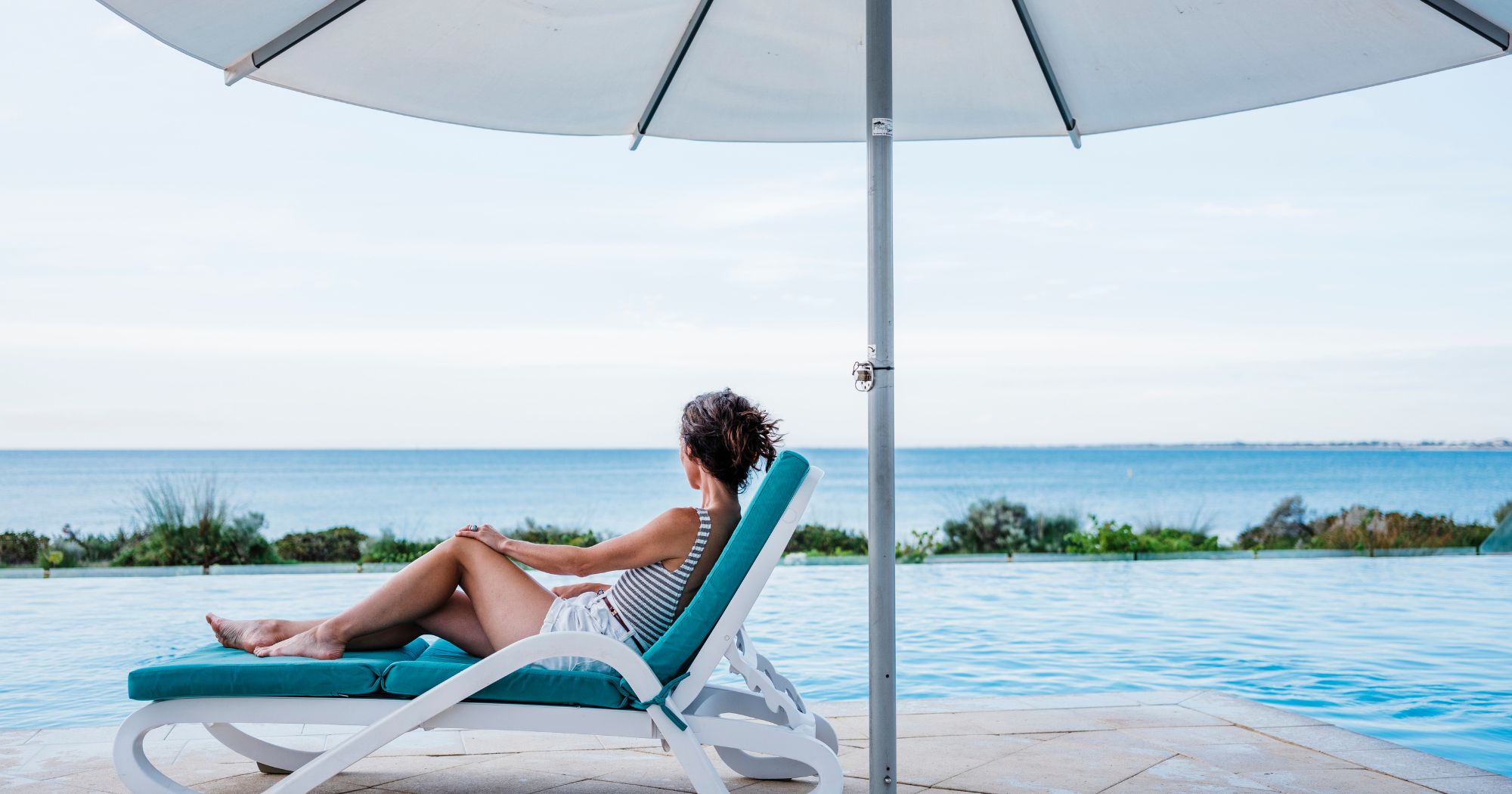WTH is “Social Distancing”.
You’ve heard people use the phrase “Social Distancing” but what does it actually mean? And how do you do it?
Social Distancing Definition
Social distancing is a set of non-pharmaceutical infection control actions intended to stop or slow down the spread of a contagious disease.
In this case, COVID-19 / Coronavirus.
You can’t get infected if you don’t come into close enough contact with someone who’s infected or something they’ve touched.
The problem is the more people contract the virus this becomes less effective at stopping and works more toward the slowing down the infection rate.
⚠️THIS ⬇️ is why social distancing is so important. Please listen and act so we can save lives and livelihoods.
Posted by Scott Morrison (ScoMo) on Sunday, 22 March 2020
That’s why it’s being talked about as a method of “flattening the curve” as the lower the infection rate, the less pressure is put on our medical resources to treat the sick. Simply put if everyone is sick at once – everyone will need to be treated at once which isn’t feasible within our health system (well any for that matter.)
One of the issues in Italy was that the infection rate spiked so quickly that the hospitals had to prioritise treatment as they were overwhelmed with cases without the resources to cope.
NOTE: Not everyone who gets Coronavirus gets sick enough to need treatment in the hospital.
See the latest live stats on COVID-19 here.
The Department of Health states:
Social distancing is important because COVID-19 is most likely to spread from person-to-person through:
- Direct close contact with a person while they are infectious or in the 24 hours before their symptoms appeared
- Close contact with a person with a confirmed infection who coughs or sneezes
- Touching objects or surfaces (such as door handles or tables) contaminated from a cough or sneeze from a person with confirmed infection, and then touching your mouth or face.
So, the more space between you and others, the harder it is for the virus to spread.
Ok then, keeping your distance is great and all, but how?
The recommended to retain space between yourself and other humans of 1.5m has been updated to 4m square – that’s 2m x 2m of any non-essential indoor gatherings, and replacing physical contact such as handshakes and hugs.
Also, you can make sure to meticulously practice good personal hygiene practices and stay home if you are sick.
Read Mark McGowan’s advice to Western Australia.
But what else can you do?
There’s a lot to think about so let’s break it down.
Social Distancing At Home
- To reduce the spread of germs in the home
- Practice good hand and sneeze/cough hygiene
- Avoid handshaking and kissing
- Regularly disinfect high touch surfaces, such as tables, kitchen benches and doorknobs
- Increase ventilation in the home by opening windows or adjusting the air conditioning
- Visit shops sparingly and buy goods and services online where possible
- Consider whether outings and travel, both individual and family, are sensible and necessary
Is someone in your household sick?
NOTE: This information is for people who are unwell, not people who have or are suspected to have COVID-19.
In addition to the above list, you can also:
- Care for the sick person in a single room where possible
- Keep the number of carers to a minimum
- Keep the door to the sick person’s room closed and, if possible, a window open
- Both the sick person and the people caring for them should wear a surgical mask when they are in the same room
- Protect other vulnerable family members, such as people over 65 years or people with a chronic illness, including finding alternative accommodation if practical
Social Distancing in Public
To reduce the spread of germs:
- Sanitise your hands wherever possible, including entering and leaving buildings
- Use tap and pay rather than handling money
- Try and travel at quiet times to avoid crowds
- Public transport workers and taxi drivers should open vehicle windows where possible, and regularly clean and disinfect high touch surfaces
Events
We’ve all heard about the mass event cancellations and venue closures, but in some cases, the show may go on.
Here’s some more info from the Department of Health:
Events, where a large number of people are in one place, can increase the risk of transmission of viruses. If you are organising a gathering, consider whether you can postpone, reduce size/frequency or cancel the event. If you decide to go ahead, you should assess the risks and reconsider any aspect that may increase risk of transmission.
From Monday 16 March, the Australian Government advises that non-essential gatherings should be limited to less than 500 people; and non-essential meetings of critical workforces such as healthcare workers and emergency service workers should be limited.
Social Distancing in schools
While school remains open, there’s a lot of anxiety around sending your children to school or childcare. Luckily there are some easy steps you can take to limit their risk.
To reduce the spread of germs in schools:
- If your child is sick, do not send them to school (or childcare)
- Sanitise hands when entering school and at regular intervals
- Defer activities that lead to mixing between classes and years
- Avoid queuing and consider cancelling school assemblies
- Promote a regular handwashing schedule
- Clean and disinfect high touch surfaces regularly
- Conduct lessons outdoors where possible
- Consider opening windows and adjusting air conditioning for more ventilation
- Promote the strictest hygiene among food preparation (canteen) staff and their close contacts
Social Distancing At Work
Many workplaces are activating work from home (WFH) protocols. If you do still need to attend work, here’s what to do:
• Stay at home if you are sick
• Stop handshakes and use touchless greetings
• Hold meetings via video conferencing or phone call
• Defer large meetings
• Hold essential meetings outside in the open air if possible
• Promote good hand and sneeze/cough hygiene and provide hand sanitisers for all staff
• Take lunch at your desk or outside rather than in the lunchroom
• Clean and disinfect high touch surfaces regularly
• Consider opening windows and adjusting air conditioning for more ventilation
• Limit food handling and sharing of food in the workplace
• Reconsider non-essential business travel
• Promote the strictest hygiene among food preparation staff and their close contacts
To sum it all up, limit your risk of exposure to the Coronavirus, and your chance of passing it on by staying in your lane and using the hygiene practices you learned on Play School.
Get more information on COVID-19 from the Department of Health here.
Further coronavirus news and advice on SoPerth.com.au:
All the latest Perth coronavirus news.












